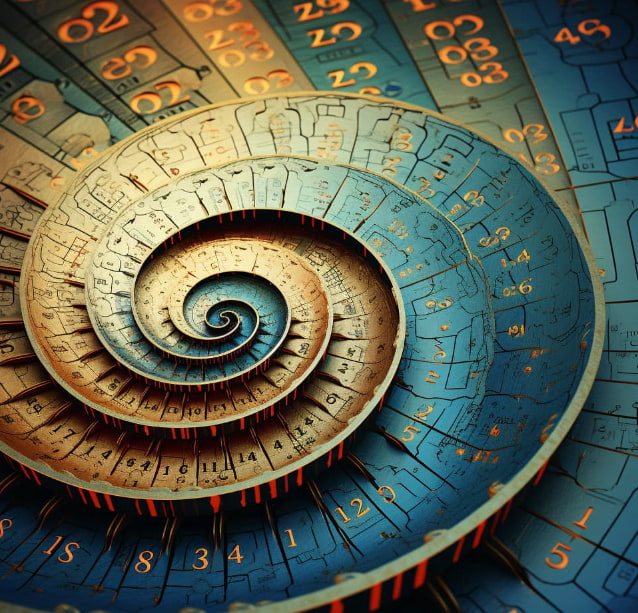
How do you find the nth term formula for a sequence with non-constant difference?
Trying to find the nth term when the differences aren't constant can, at first glance, be a bit of a tricky question to answer. So, let's take a closer look at the definition of sequences with varied differences. You will find that they will most likely add this to the Maths GCSE Exam, so you want to make sure you've spent enough time studying it.
First, you'll have no fixed difference, as "non-constant" implies. This means that finding the following number isn't as straightforward. Second, it will push the limits of your pattern recognition skills as you're looking at more than one pattern. Again, once you master something like this it has a lot of value. It will help you with critical thinking skills in any future career path. Learning it now and correctly applying it to your exams will greatly benefit you in the long run.
Looking for the right patterns in sequences with non-constant differences
There are various patterns to look at when finding formulas for sequences, such as squares, cubes, polynomials, or even Fibonacci sequences. Once you can determine some type of pattern, you can establish the appropriate nth term formula. You just need to remember that there may be some back and forth between methods when finding formulas for sequences until you find a formula that will work.
Examples of nth term formulas for non-constant difference sequences.
-
For squares you should use n^2
-
For cubes you should use n^3
Some final thoughts
Keep in mind that each example above is just that, an example. You will go beyond just trying to add or subtract a number for the next sequence, and the arithmetic model won't work. This is because the major contrast is that arithmetic models have terms with a constant difference.
Therefore, you will need to visualise the difference between each number and its value. You'll also have to question each formula and work on trying to find a constant or a common number. Experimenting here is common, but once you find it will be quite a rewarding endeavour. This type of math, which has trial and error, can appear frustrating at first, as you may be used to simply resolving the problems with a trick or a formula.